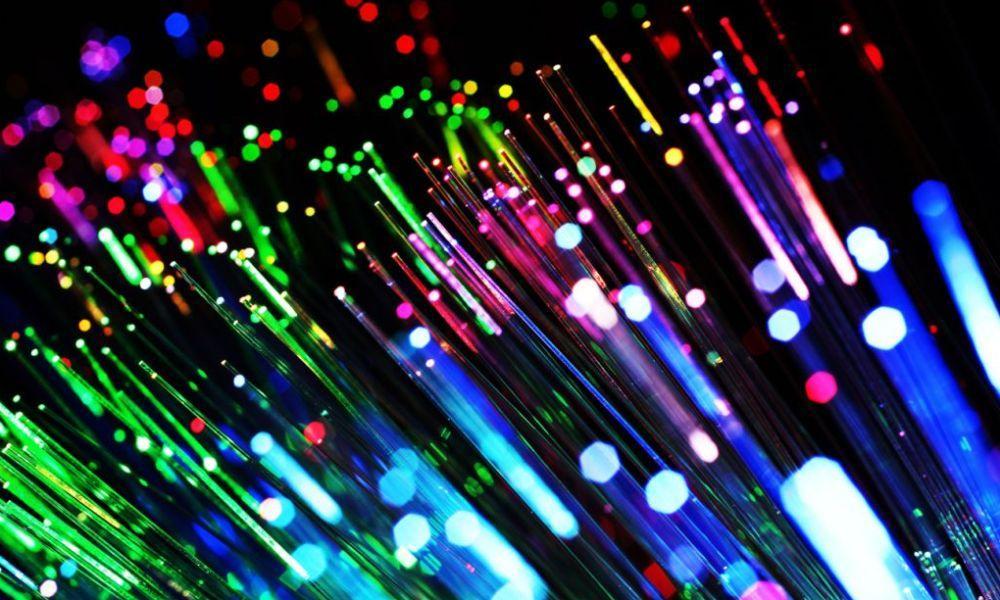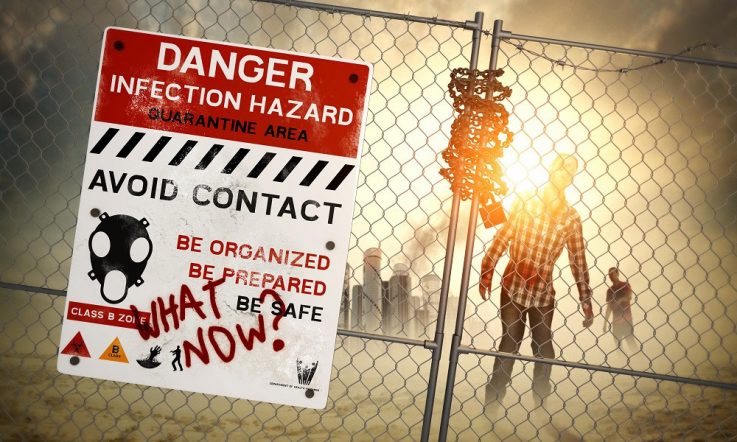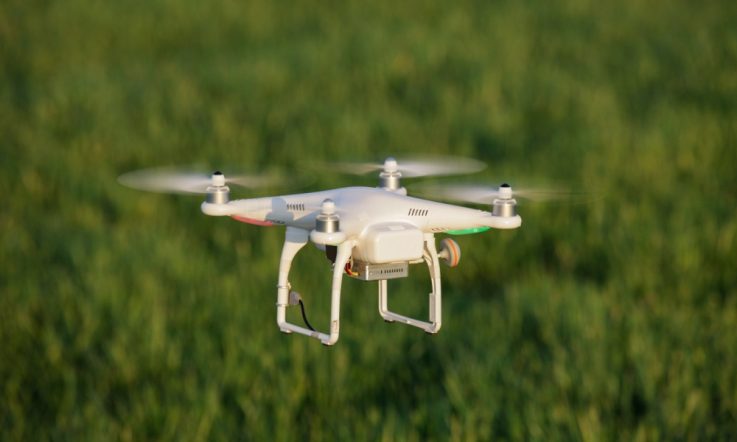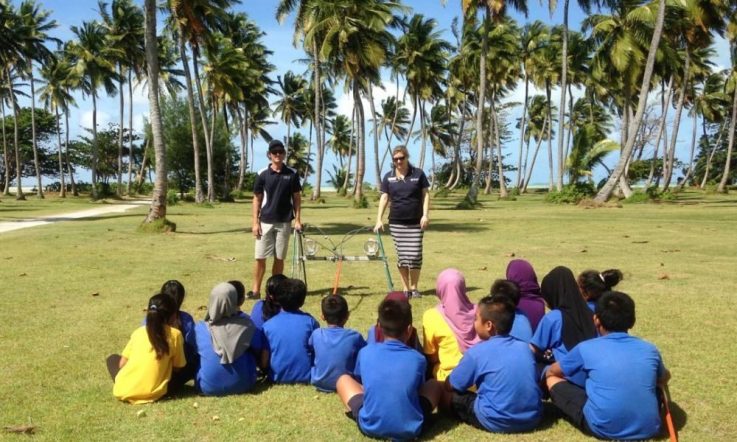Scientists have said that solving the challenges of the 21st Century will depend as much on photonics as the 20th Century's solutions depended on electronics.
For such an important discipline, you might well be scratching your head right about now.
What is photonics? What impact is it having on our lives? And, in the International Year of Light and Light-based Technologies, how can you make it relevant to your students?
Teacher turned to Australian photonics expert, Professor Tanya Monro, for help.
What is photonics?
I always say to people that photonics is the science of light. We call it photonics because the photon is the smallest unit of light, like little bundles of energy that make up light.
If you look back, the science of optics has hundreds and hundreds of years worth of history, and I guess people are very familiar with optics through the lenses in their glasses and mirrors. It wasn't until some of the work of Einstein, a century ago, and some of the great people to follow on from him, that it was realised that light is quantised and made up of these little bundles of energy called photons - and the study of that is photonics.
In order to be able to understand or develop lasers, you really need to understand the properties of the photon. If you look around the world at people that are doing what's called photonics rather than optics, it's often some of the newer aspects ... things like laser physics [and] optical fibre communication.
We've read that the 21st Century will depend as much on photonics as the 20th Century did on electronics?
I think that's fair and I think that's already happening.
What I often say when I'm talking to kids is 'Every time you type a word into Google and search for something, you're sending photons scurrying around the globe on optical fibres.'
[Still], we don't have that clear sense of what the technology that's underpinning what we're doing everyday is.
Can you give a few examples of how we're using photonics today and possibilities for the future?
I think our lives have already been touched by two waves of revolution in photonics.
The first was the laser 50 years ago; they're ubiquitous - laser surgery, laser manufacturing ... you go to the checkout and your item is scanned using a laser. Then, the fibre telecommunications - that fact that we have, as I said, the photons scurrying around the globe at our bidding. [This uses] light to communicate.
I think the third wave is the one we're just in the midst of now, in terms of research and development and where the consumer products will follow - which is essentially sending out photons into the world to ask questions. So, using light or using photons in order to make measurements of the world around us.
[For example] we've been working with local wineries (in Adelaide) to develop smart bungs that have optical fibres in them that can measure the properties of wine in situ. To give a completely different example, we've been working with a medical device company for a number of years now to improve IVF incubators so that you can, the language I like to use is, almost 'listen' to a developing embryo so that you can know what's happening and how it's responding to its environment.
And yet another completely different example, and this has been a very exciting program that's so futuristic ... we've been working with defence to develop optical fibres that you can embed within an aeroplane and essentially what you do is you send photons along the fibres inside the aircraft and they report back on whether the aircraft is rusting. And that's what I mean by measurement and sensing; that's a smart aircraft that can tell you where there might be problems and where you have to do maintenance instead of doing what they have to do at the moment, which is pull apart the aircraft in order to be able to determine if it needs maintenance.
How can school educators make this topic relevant and exciting to students?
It depends on the level of students [as to] how they can engage. I've got a reasonable grasp of the primary level because I've got three primary age boys myself. Even things like the concepts of how you guide light in an optical fibre - you can do experiments with a torch and water that explain the basic concepts, right through the high school level.
Photons for sensing and measurement is more of a high school concept, but my 11-year-old came home last year and told me that their class had done an experiment where they had to bring in five shiny things from home and they were given a practical challenge where, in pairs, they had to figure out how to route light from one part of the classroom to another part of the classroom. And it was really cutely done and he and his friend got extra points for going in 3D, rather than keeping it in the plane like the other kids did.
That's more the optics end of things, but it's pretty practical. And a lot of kids nowadays will be seeing their families doing things like converting their household lighting to LEDs and the like. That provides a really practical context in which you can explain what an LED is and that really requires photonics to work.
So, I think there's quite a lot of visual [things you can do]. Whether that's being done in a school setting, or bringing kids to visit labs ... the University of Adelaide has got phenomenal facilities that are really quite large scale and impressive, and we've often had school groups through there.
Interviewee biography: Professor Tanya Monro is Deputy Vice Chancellor: Research and Innovation and an ARC (Australian Research Council) Georgina Sweet Laureate Fellow at the University of South Australia. Prior to her current role, Professor Monro was the inaugural Director of the Institute for Photonics and Advanced Sensing, as well as for the ARC Centre of Excellence for Nanoscale BioPhotonics at the University of Adelaide. Throughout her career, Professor Monro has remained committed to academic excellence in STEM.
Links for educators
The International Year of Light and Light-based Technologies website includes links to materials and hands-on activities for use in schools.
Related Teacher content: Curriculum ideas - Shine a light on 2015
How are you linking STEM learning to the real world?
Which local facilities could you organise a student visit to?
How is your school celebrating the International Year of Light?



